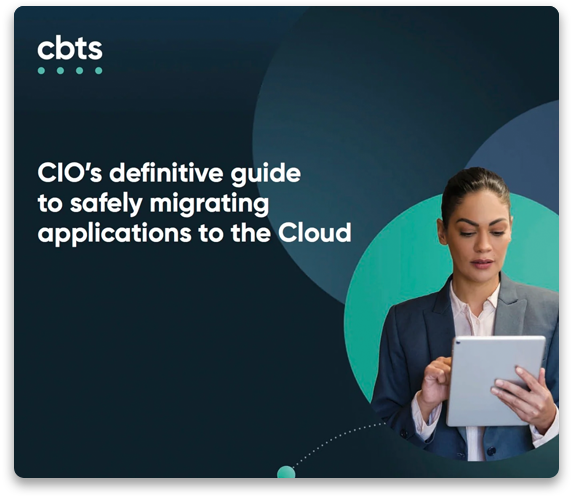
“Digital modernization” is the catch-all phrase representing the change from the product-focused business model of the last century to today’s digital services. Infrastructure plays a crucial role in this transition, turning from a static, fixed resource to a more flexible entity capable of serving a wide variety of needs at a moment’s notice.
This is why businesses across the globe are increasingly recognizing the benefits of public cloud services and making them a significant investment focus this year. According to the 2024 Worldwide Software and Public Cloud Services Spending Guide published by market research firm International Data Corporation (IDC), global spending on public cloud services is expected to hit $805 billion this year and double in size by 2028. The U.S. is poised to be the largest market for public cloud services spending in 2024.
The rise in public cloud services
The IDC report found that combined banking, retail, and IT will spend nearly $200 billion on public cloud services this year. Healthcare, professional and personal services, media and entertainment, and capital markets are also taking advantage of the benefits of public cloud services, representing about 25% of 2024 global spending on these digital offerings.
These staggering investments highlight digital transformation’s importance to the business community. The move to the public cloud is driven by several specific solutions designed to benefit modern industries.
- Software as a Service (SaaS) is the leading category for this year’s public cloud spending. SaaS solutions are cost-efficient, scalable, and easily accessible to remote staff or customers scattered throughout locations.
- Security solutions as part of system infrastructure software (SIS) are critical to protecting data at rest and in transit. These security measures can also safeguard against malware and ransomware threats.
- Infrastructure as a Service (IaaS) is expected to have the highest end-user spending growth at 25.6%, according to Gartner’s 2024 Worldwide Public Cloud End-User Spending report. IaaS is cost-effective because it doesn’t require organizations to invest in upgrading and maintaining their IT infrastructure, relying instead on the service provider to ensure the infrastructure is dependable and maintained.
- Platform as a Service (PaaS) is another major category in this year’s global spend on public cloud services. It eliminates the pain points of purchasing and managing software licenses and streamlines the application development process, from providing the necessary tools to deployment.
Read more: Public cloud: Cloud security posture management
AI and public cloud adoption
The experts at both IDC and Gartner agree that artificial intelligence (AI) and machine learning (ML) are significant reasons businesses are turning to the benefits of public cloud solutions.
AI advancements are making cloud adoption more enticing—and inevitable—than ever.
In its 2024 forecast, Gartner expects public cloud services to increase by 20.4% to over $675 billion this year, a jump from $561 billion last year. The research firm cites generative AI (GenAI) applications and application modernization as the primary motivations behind these investments.
GenAI, a subcategory of traditional AI, leverages large volumes of data to create new content, whereas traditional AI analyzes those large data sets to make recommendations. Both forms of AI excel in public cloud environments where massive amounts of data are stored. Public cloud services are also a secure solution for organizations aiming to fast-track their AI programs without the support of in-house AI specialists.
Read more: The significance of AI: Explore the future of collaboration and communication
The benefits of public cloud
Public cloud adoption ultimately:
- Delivers a streamlined, modernized ecosystem that reduces the client’s data center footprint by 50% and vastly cuts the cost of IT and the management burden on existing staff.
- Offers significant savings through the elimination of underutilized hardware and reductions in application licensing costs.
- Dramatically improves security posture based on a Well-Architected Framework design featuring the latest in both threat detection and damage reduction, all of which is incorporated into the overall operating cost of the environment with little to no direct responsibility for patches and upgrades on the client.
- Provides flexibility based on your business objectives, while CBTS is responsible for matching the right technology to minimize complexity and deliver consistent, positive, and measurable outcomes.
Take the first step with CBTS
Many organizations—particularly those with private clouds—no doubt feel that migrating data to the Cloud is a simple undertaking, and in many ways, it is. However, the challenge is devising a cloud environment that leverages the vast services and automation capabilities within the public cloud.
For that, the assistance of certified cloud provider with a well-architected framework program can be essential to realizing the benefits of the public cloud. Through careful planning and coordinated execution, modern enterprises can leverage the expertise of CBTS support their existing tools and skillsets even as longer-term plans are being developed to address the challenges inherent in the next-generation digital economy.
Contact us today to get started.




















